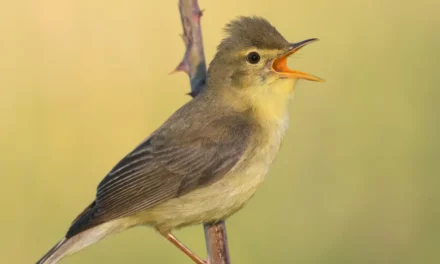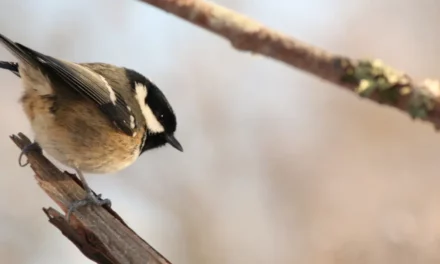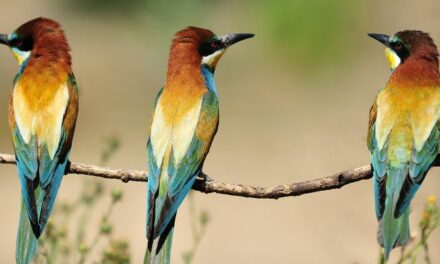What does the European Robin look like?
The European Robin is a small bird easily identified by its vibrant orange throat and chest, which extends up to its forehead. It is roughly the size of a sparrow and has a round body, standing tall on its slender legs. Its crown, back, wings, and tail are brown, with occasional hints of gray or olive, while the belly is a pale gray. A distinct gray band can be observed on the sides of its throat. One of its key features is its large black eyes, which provide excellent adaptation to low-light conditions. Juvenile Robins have a camouflage-like plumage of light brown speckled with clear spots, with the iconic orange coloring appearing after two months.
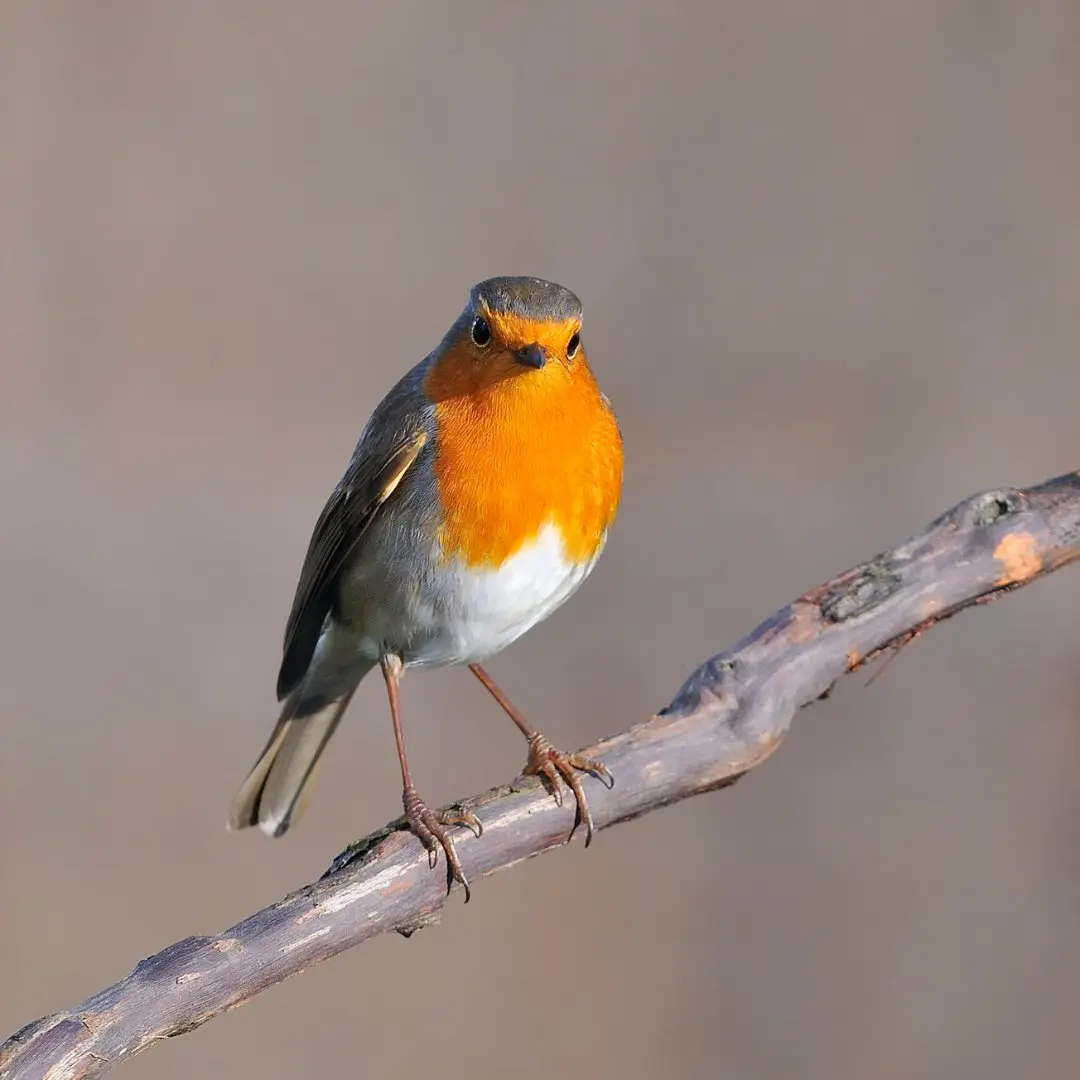
How does the European Robin behave?
The European Robin is often seen perched on a branch, singing melodious tunes to mark its territory or attract mates. It is equally recognized hopping on the ground in search of food. This bird is a solitary creature, fiercely defending its territory year-round. Even in winter, females establish and protect their own areas. Without a secure territory, a Robin can succumb within weeks. To ward off intruders, it raises its tail, spreads its wings, and displays its red chest in a striking show of dominance. These confrontations can escalate into deadly fights. Surprisingly, the European Robin is friendly towards humans, often approaching for food.
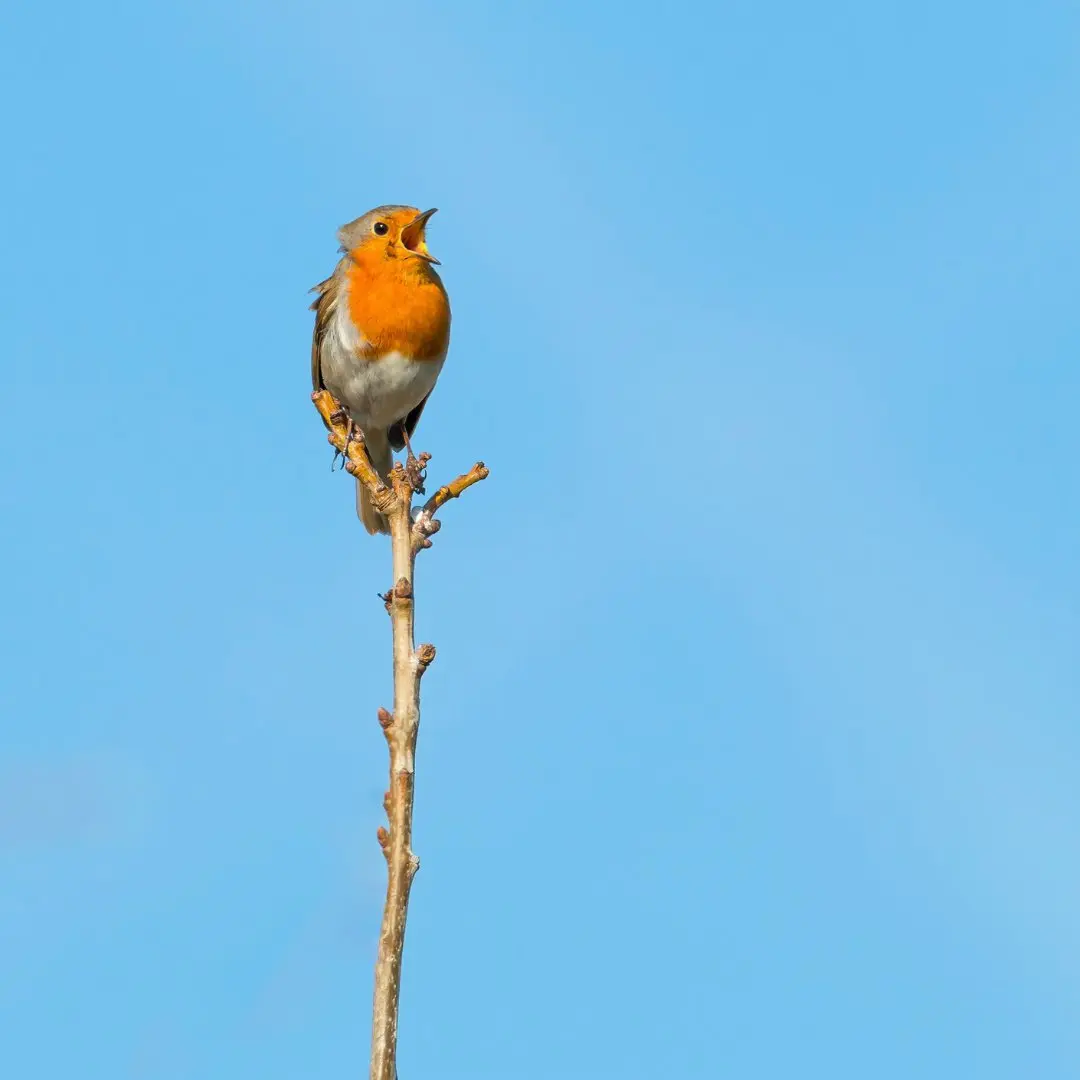
What are the songs and calls of the European Robin?
The European Robin is one of the first birds to sing at dawn and one of the last at dusk, thanks to its large eyes that excel in low-light conditions. Unlike most birds, even the female sings, often delivering a song as determined and melodious as the male’s to defend her territory. When disturbed, Robins make sharp "tick" calls, sometimes rapidly repeated. Their song is characterized by its flute-like, high-pitched notes that seem disjointed yet captivating.
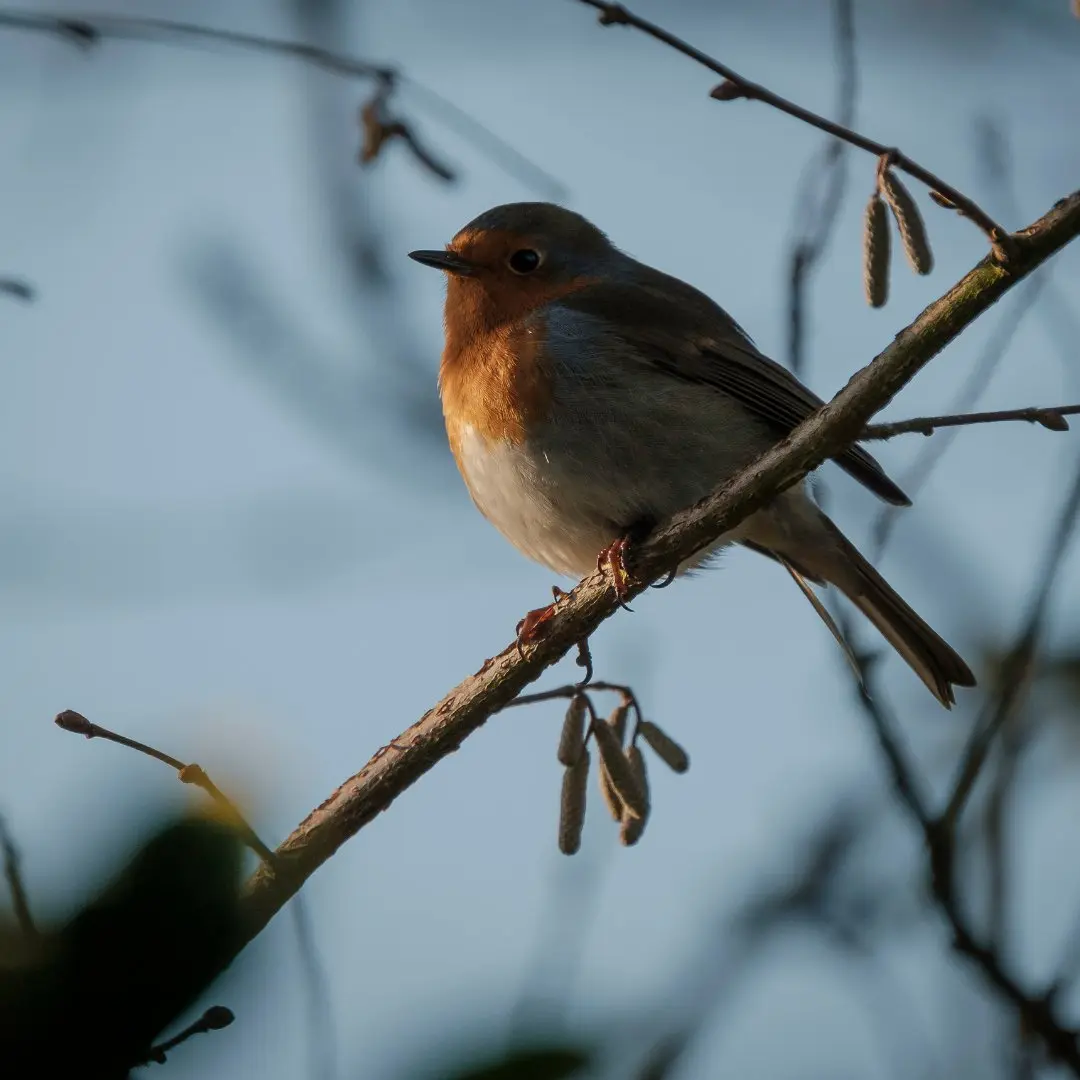
How does the European Robin reproduce?
During the mating season, which runs from April to August, a female Robin must be accepted onto the male’s territory to mate. They produce 2 to 3 broods annually, each containing 5 to 7 pale yellow eggs speckled with brown. Their nests, crafted from twigs, grass, and moss, are often found near the ground or up to three meters high in tree holes, walls, or hedges. Robins even adapt to unconventional nesting spots like mailboxes. They prefer open or semi-open nest boxes placed low, staying close to the ground.
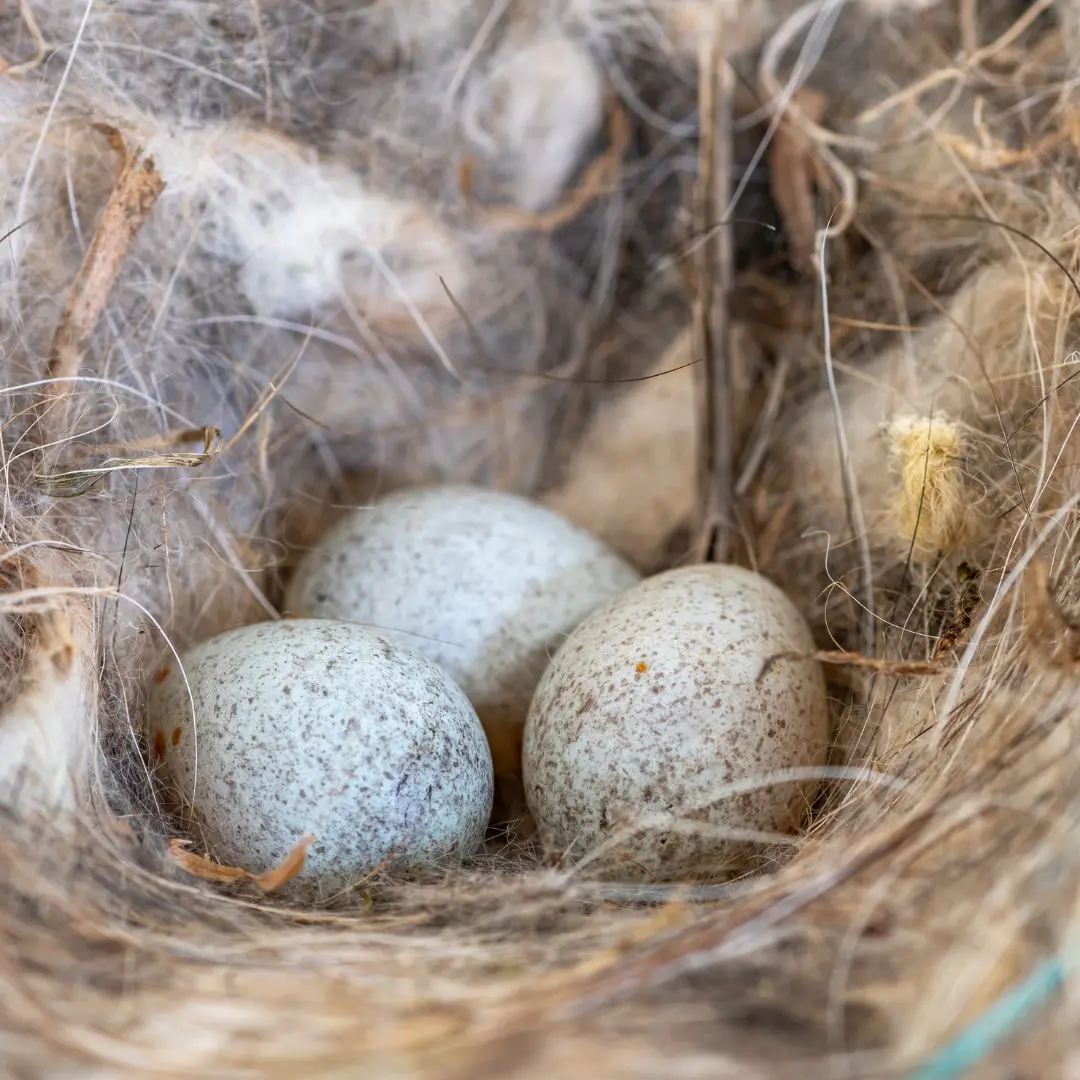
What does the European Robin eat?
The European Robin is an insectivore with a fine beak, feeding on caterpillars, butterflies, slugs, and spiders. From autumn to spring, its diet shifts to seeds, berries, and small fruits. Often perched low, the Robin watches the ground for prey, swooping down to snatch it. In gardens, it follows gardeners, collecting worms unearthed by spades or mole tunnels. In forests, it takes advantage of insects disturbed by pheasants and wild boars. At feeders, Robins prefer ground-level food, such as raisins, berries, or oats soaked in oil.
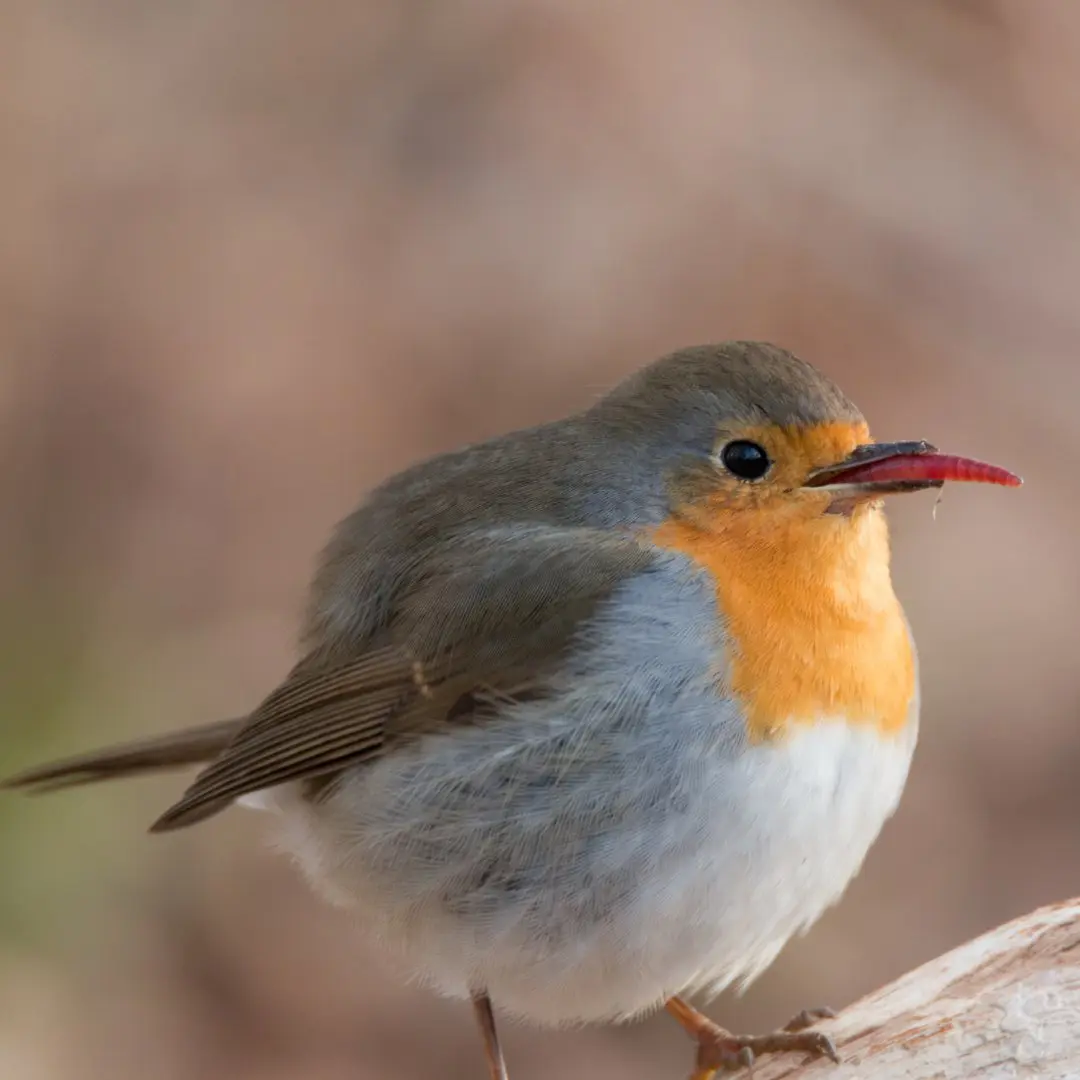
Where can you find the European Robin?
The European Robin thrives in undergrowth and bushy areas of deciduous or mixed forests. It is also a familiar sight in parks and gardens with dense shrubs. A Robin often settles in bushy corners or woodpiles and may even build its nest there. While it is largely sedentary, some Robins migrate short distances. Older males typically remain in one location year-round, but many females winter in regions like Scandinavia, migrating southwards to the Mediterranean during severe cold.
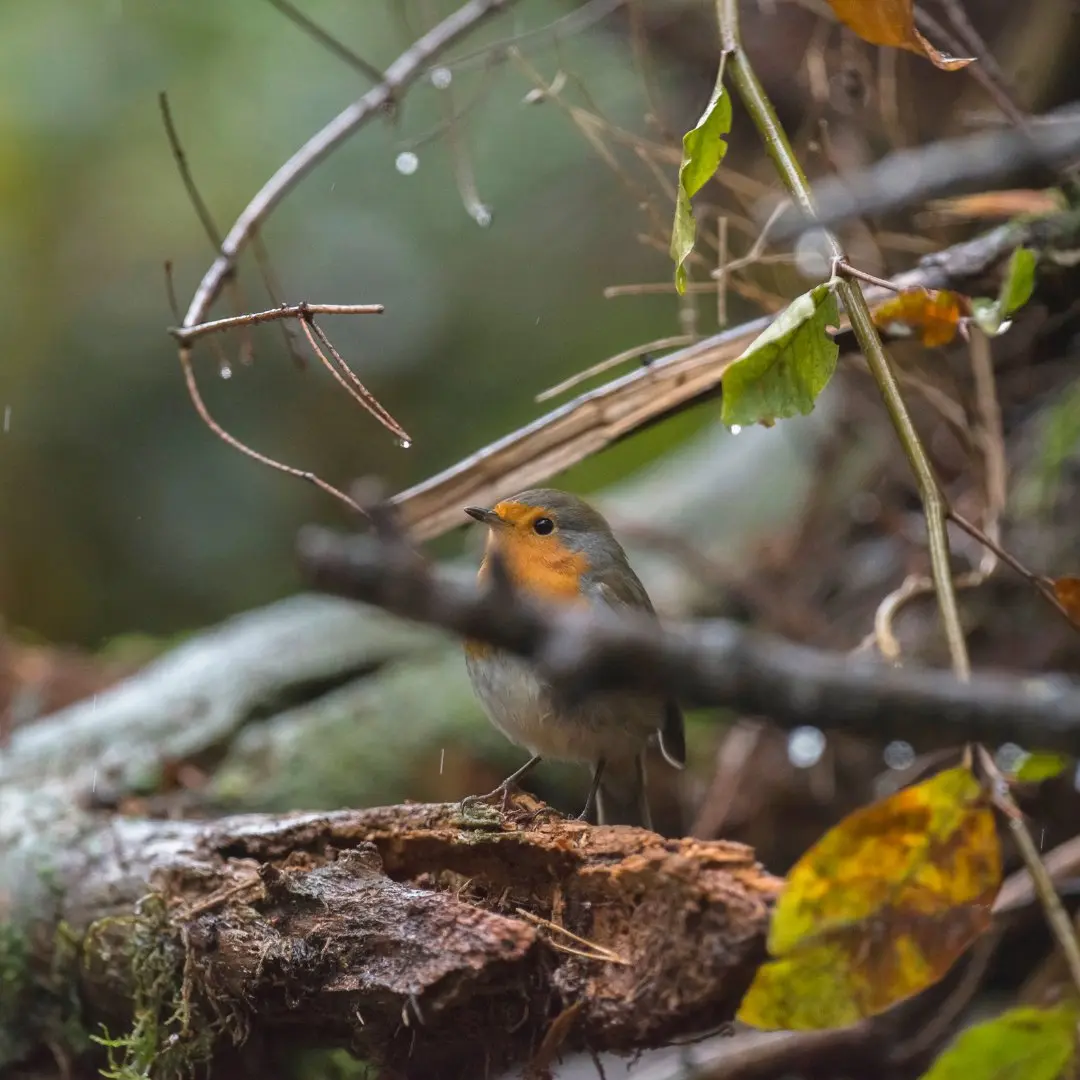
-


